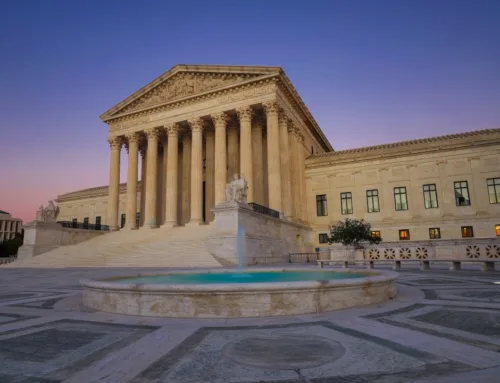Home solar/battery 30% incentive is over 180 days after Trump signs it
June 17, 2025

In the latest Senate version of the GOP’s budget and tax bill, better known as Trump’s Big Beautiful Bill, the 30% tax credit for home solar and batteries is going to be over 180 days from the time the President signs it.
Other tax credits for utility-scale solar and wind projects are going to be completely phased out by 2028.
As expected, the Republican Party has been trying to remove incentives for renewable energy to clean its grid and achieve much-needed productivity expansions.
The main effort is through the new budget and tax bill, known as Trump’s ‘Big Beautiful Bill’, which was passed by the House last month. However, the bill is expected to evolve as it progresses through the Senate.
Advertisement – scroll for more content
Under the version passed by Congress, the ITC (Section 25D), which offers a 30% tax credit for home solar and energy storage systems, was going to be completely phased out by the end of 2025.
The Senate has now released the latest draft of the bill, which includes more details about how it plans to eliminate renewable energy incentives.
According to the latest language, the home solar and battery incentive would end 180 days after it is enacted.
Here’s the latest language:
(a) IN GENERAL.—Section 25D is amended by striking subsection (h) and inserting the following new subsection:
‘‘(h) TERMINATION.—
‘(1) IN GENERAL.—The credit allowed under this section shall not apply with respect to any expenditures made after the date described in paragraph (2).
‘‘(2) APPLICABLE DATE.—The date described in this paragraph is the date which is 180 days after the date of enactment of this paragraph.’’.
It’s not exactly clear when Trump could sign the bill. It is still contested by some Republicans, who hold the majority in the Senate, but killing the
The rumor is that they are trying to get it on his desk by July 4, which would mean the end of the tax credit by December 31st and no real change compared to the House bill at this level unless there are further delays on passing the bill in the Senate, which is not out of question.
This is creating a new level of urgency for home solar and battery installations to get systems deployed and activated by the end of the year.
The only good news with the current Senate version of the bill compared to the House’s is for larger-scale utility solar and battery projects, which generally fall under Section 48E of the Code (ITC).
There’s now a planned phase out with 60% of the incentive in 2026 and 20% in 2027 rather than ending by 2025:
- Solar and wind facilities would be eligible for the full ITC or PTC, as applicable, if construction begins in 2025.
- If construction begins in 2026, such facilities would be eligible for 60 percent of the otherwise available ITC or PTC.
- If construction begins in 2027, such facilities would be eligible for 20 percent of the otherwise available ITC or PTC.
- Thereafter, such facilities would not be eligible for the ITC or PTC.
Those incentives are instead going to be directed toward hydropower, nuclear and geothermal energy through 2036.
Some good, some bad here. Obviously, this is a win for big corporations and the fossil fuel industry more than anything.
They don’t want decentralized energy production and storage, which is what the tax credit for residential solar power and energy storage systems is intended to incentivize.
The good news is that if you are a homeowner and you still don’t have solar, there might be time to still lock in an installation by the end of the year – though it is starting to be limited due to high demand.
EnergySage can help you go solar in a few clicks without getting any sales calls until you are ready to move forward. It’s a free service that will enable you to get quotes and compare them without any hassle. They work with a great number of solar installers and help you get the best price and best system for your home. Receive and compare solar quotes quickly on their website.
Search
RECENT PRESS RELEASES
Related Post




